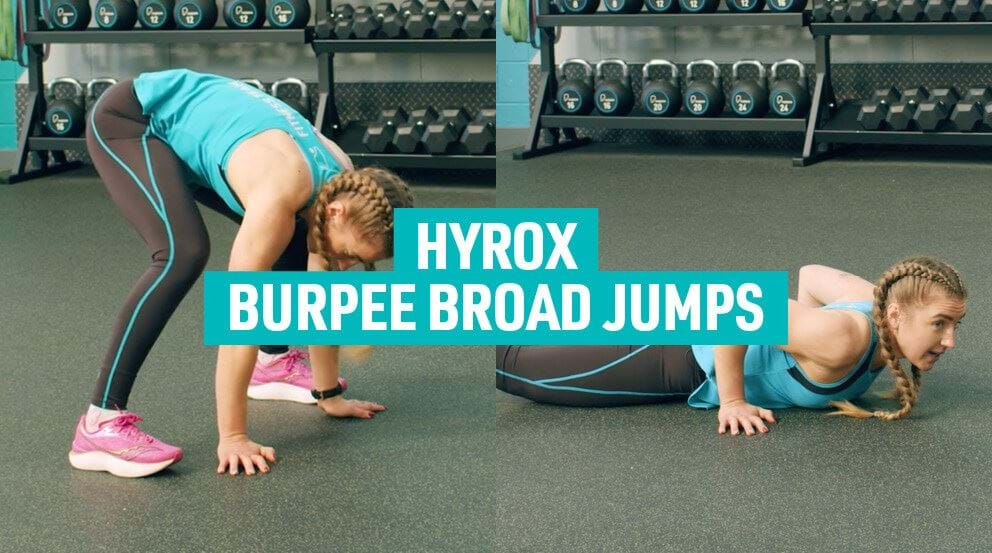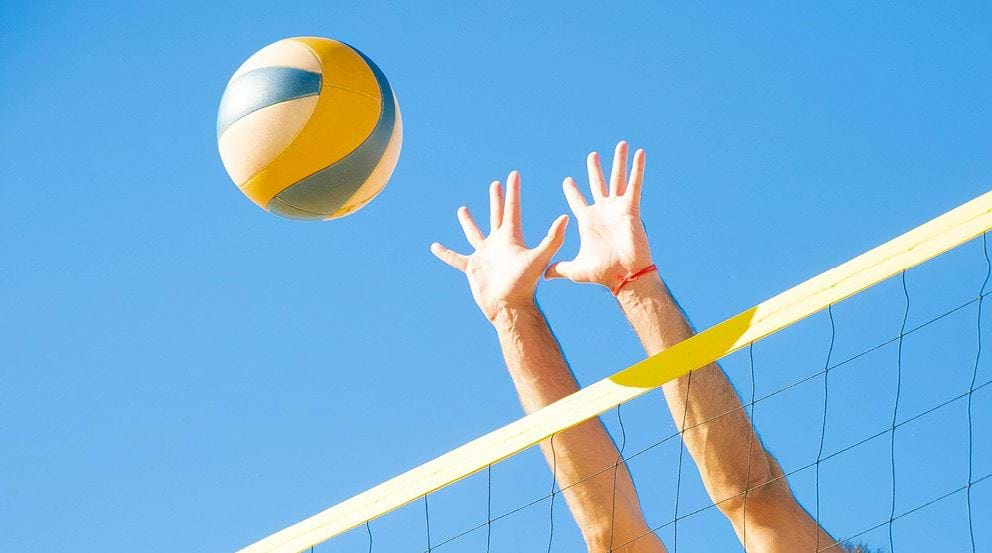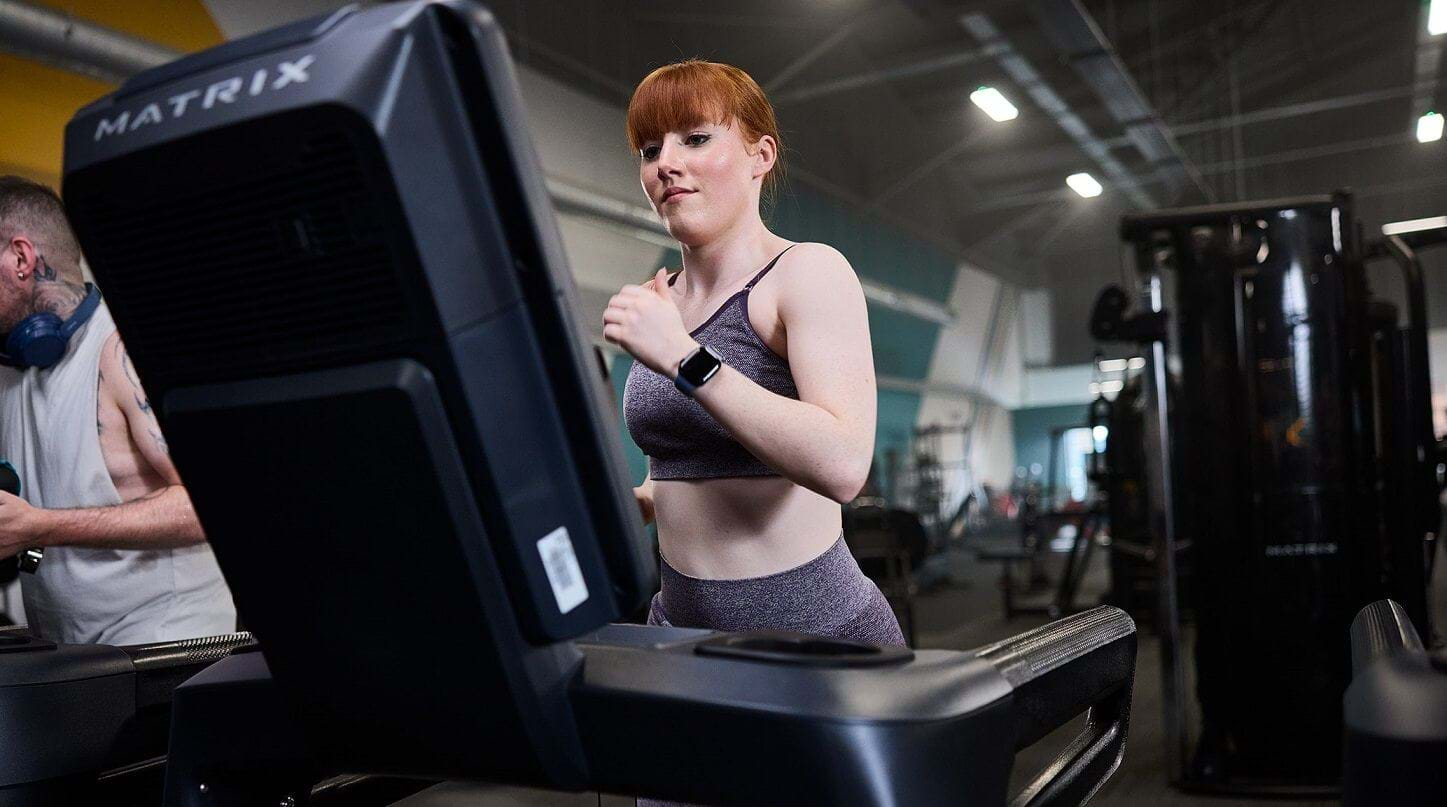The Best Resistance Exercise Machines For Osteoporosis
What Is Osteoporosis | How Can Resistance Exercise Help | Machine Exercises | Exercises To Try | Workout Plan | Intermediate Exercises
Page last updated: 17th March 2025
Key Takeaways:
Osteoporosis weakens bones, increasing the risk of fractures, especially after age 35.
Weight training helps maintain bone density, improve strength, and reduce fall risk.
Fixed resistance machines offer a safe way to build strength before progressing to free weights.
Some of the best resistance machines for osteoporosis include the leg press, lat pulldown, chest press, shoulder press, and bicep curl.
Osteoporosis is a condition which causes the bones to become brittle and weak. In the early stages, there are little to no symptoms, which means you may not be aware you have this condition until it's already progressed. In the UK alone, over 3 million people have osteoporosis with 500,000 suffering fractures as a result each year.
However, the right approach in the gym can help. Weightlifting can support bone health, and the right resistance exercises can help to ease or even prevent issues stemming from osteoporosis.
PureGym Romford-based Personal Trainer and Assistance Gym Manager Emma Vincent has trained and qualified to work with GP Referrals on health conditions such as osteoporosis. Here, she looks at what this condition is, how exercise can help to manage it, and some of the best gym machine exercises for individuals with osteoporosis.
What is osteoporosis?
From childhood up until around the age 20, our bone density increases. Once it reaches its peak, it remains relatively stable, until around 35 years old when it starts to decrease. This is known as bone resorption, and it is a natural and normal occurrence.
However, some people go on to develop osteoporosis, a condition which causes the bone resorption to happen at a faster rate. This results in weak, fragile bones that are more susceptible to breaks.
There are multiple factors that can lead to osteoporosis, with key contributors being diet and hormones. Not getting enough calcium or vitamin D in the diet over time can mean that more calcium is lost through the bones than is replaced, causing increased bone loss.
Many hormones also play a role in this condition; both oestrogen and testosterone are linked to healthy bones, and older women are more likely to develop osteoporosis after menopause as oestrogen levels fall. Certain hormone disorders can also increase the likelihood of osteoporosis.
How does resistance training help or prevent osteoporosis?
Resistance training can be a game-changer for preventing and managing osteoporosis. Consistent exercise can:
Build stronger bones: Resistance exercises put stress on your bones. Your body then responds by making your bones stronger and denser, particularly in areas like your spine and hips, which are prone to fractures.
Prevent bone loss: As we age, our bones naturally lose density. Resistance and weight training slows this down by conserving the bone tissue you already have. Some studies even suggest it can slightly reverse bone loss in certain cases.
Reduce fall risks: Exercising can also help to improve balance and reduce the likelihood of the falls which can lead to fractures.
Support posture: Strength exercises, particularly those targeting the back and core muscles can improve posture. This helps with your body alignment and will prevent you from hunching forward.
Manage pain: Studies have shown that progressive resistance training can lead to less pain for people with osteoporosis. By improving mobility and building strength you can improve the overall health and fitness of your body.
Why use fixed resistance machines for osteoporosis?
While exercise is essential to bone health, someone with osteoporosis may have limitations to what they can safely do, especially if they are new to exercising.
Fixed resistance machines are great for beginners and people with health conditions as they follow a fixed movement pattern. This reduces the chance of pushing your body past a safe limit or overexerting your body.
These machines also provide more stability than free weights, as less core stability is needed. This is great for anyone with skeletal or muscular imbalances, and means you can put all your energy into working the intended muscle group, not the stabilising muscles.
Using exercise machines is also a great way to learn the main movement patterns involved in weightlifting in a safe and controlled way, build muscle, and increase strength. Once you're comfortable with these movements, you can move to using free weights if you want.
5 best beginner machine exercises for osteoporosis
Osteoporosis affects all the bones throughout the body, so it's important to target all the muscles in your exercise routine. These are some of the best exercise machines for osteoporosis as they work all the major muscle groups.
Leg Press
The leg press is one of the best pieces of workout equipment for osteoporosis. It works the quads, hamstrings, calves, and glutes, and is a safer alternative to the squat as it needs less core strength and technical skill.
Moving your feet will allow you to put a greater emphasis on different leg muscles: higher up will work the glutes and hamstrings more, while lower will focus more on the quads and calves.
Make sure you maintain good alignment and posture throughout the movement, taking care not to lean forward. Learn how to leg press correctly here.
Lat Pull Down
Lat pulldowns are one of the best exercises to strengthen the muscles in your back and can help to improve your posture and stabilise the spine and shoulders.
The main muscles worked, the lats, are connected to bones in the upper arms, spine, and hips. The spine and hips are some of the more commonly fractured bones, which makes this exercise great for helping to reduce breaks from osteoporosis.
Learn how to lat pulldown here.
Chest Press
The chest press machine works the pushing muscles (pecs, front delts, and triceps) without the instability of a bench press or press up. This exercise also improves strength in the forearms and wrist, another commonly affected bone.
Shoulder Press
The shoulder is a complex joint with a huge range of motion, but the least amount of stability, which makes it more prone to injuries. The shoulder press machine allows you to safely work the shoulder in a controlled way so you can improve your shoulder strength and stability.
Bicep Curl Machine
Even experienced lifters may find themselves relying on momentum to assist with bicep curls. The bicep curl machine removes this and allows for greater isolation of the biceps. It also helps to engage and stretch the muscles in the upper back.
The best resistance machine osteoporosis workout plan
These exercises can be combined into a full body workout and performed 2-3 times a week. Start with a long low impact warm up, such as walking on the treadmill for 15 minutes, and finish your workout with some stretches - check out some of our favourite stretches for beginners here.
Aim to do 8-12 reps of each exercise for 2 sets.
A good weight is one where you can manage at least 8 reps, but more than 10-12 is a struggle. Once you can easily do 12 reps, increase the weight so that you are able to do 8 reps and work up to 12 again before repeating the process. This is known as progressive overload and will ensure you are continually putting enough force on the bone and muscle so that the body rebuilds both tissues.
Ready for an intermediate workout?
Once you have built up some strength, you may want to progress to free weights. These help you build up more stability and a stronger core - plus you can add different variations to challenge your balance and coordination.
You can start by replacing each osteoporosis-friendly exercise as follows:
Leg press with step ups for better functional strength
Lat pulldown with assisted pull ups for better back and spine support
Chest press with dumbbell chest press or incline press to increase core engagement
Shoulder press with standing dumbbell press to boost shoulder strength
Bicep curl machine with dumbbell bicep curls to strength wrists and coordination.
If you're not sure how to progress, working with a personal trainer is a great way to find suitable exercises and make sure your form is correct.
Find your nearest PureGym here and get started today.


